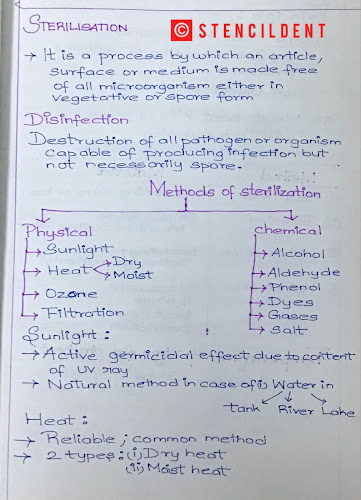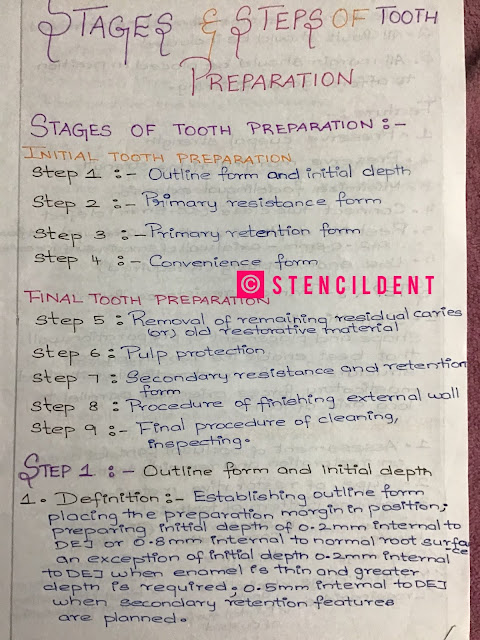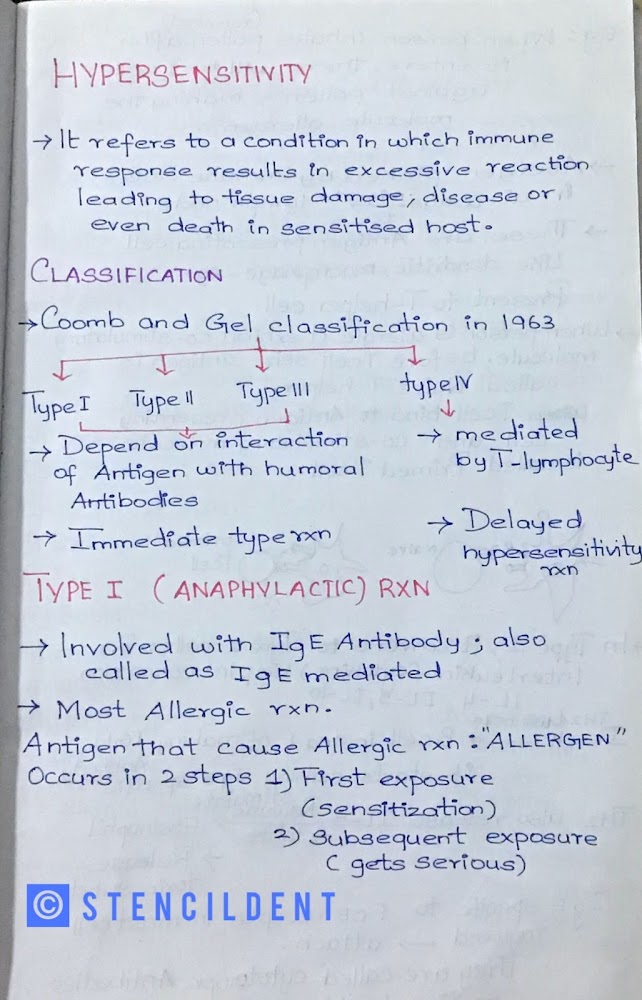Dental casting alloy
DENTAL CASTING ALLOY - Dental material
- Dental casting alloy was introduced in the year 1907 by taggart ,he described method of making gold inlay using lost wax technique.
- In 1932 : national institute of standard and technology classified dental material by vicker hardness number
TYPE 2- MEDIUM
TYPE 3- HARD
TYPE 4- EXTRA HARD
CLASSIFICATION
1)BASED ON NOBLE METAL CONTENT:
- HIGH NOBLE: Noble content more than or equal to 60%
- noble- noble content more than or equal to 25% by weight .
- predominantly base- less than 25% by weight of noble metal
2)BASED ON MECHANICAL PROPERTIES:
- TYPE 1 - LOW (INLAY)
- TYPE 2 - MEDIUM (INLAY,ONLAY)
- TYPE 3 - HARD (ONLAY,FULL CROWN)
- TYPE 4 - EXTRA HARD (CROWN,BRIDGE)
3) BASED ON PRINCIPLE ELEMENT:
- PALLADIUM-SILVER
- COBALT -CHROMIUM
- NICKEL-CHROMIUM - BERYLLIUM
4) BASED ON APPLICATION
- Alloy for metal and resin veneer
- Metal ceramic restoration
- Removable denture
5) ACCORDING TO NUMBER OF ALLOY PRESENT:
- BINARY
- TERNARY
- QUATERNARY
IDEAL REQUIREMENT:
- Bio compatible
- Tarnish and corrosion resistance
- Thermal properties: melting range is low,must tolerate high processing temperature,sag resistance.
- Porcelain bonding
- Castable
- Economic
MECHANICAL PROPERTIES:
1) ELASTIC MODULUS:
Alloy should have high yield strength
tensile yield strength above 300 MPa
3) DUCTILITY:
Clasp,margin adjustment and burnishing should have reasonable amount of ductility and malleability
4) Hardness:
High to resist:
scratching,abrasion and to maintain smoothness.
noble metal: lower hardness and greater ductility
5) FATIGUE RESISTANCE:
Cobalt chromium alloy exhibit highest fatigue resistance that greater than cobalt chromium alloy which is greater than type 4 gold ,greater than titanium 6 aluminum -4 vanadium Alloy
HEAT TREATMENT OF GOLD ALLOY ;
GOLD:
Pure gold : to soft and ductile and cannot be used for casting dental restoration
Type of gold alloy
- yellow gold alloy
- white gold alloy
- low gold alloy
- Karat: Part of pure gold in 24 part of alloy
- Fineness: Part per thousand of pure gold
- HEAT TREATMENT OF GOLD ALLOY :increase the physical properties
Types :
1)SOFTENING :
INCREASES ductility
decreases strength,proportional limit,hardness
decreases strength,proportional limit,hardness
Indication:
cold worked
appliance that are grounded
method : casting in 10 minutes at 700 degree Celsius in a furnace and quenched in water
HARDENING HEAT TREATMENT:
- Increases strength,proportional length,hardness
- decreases ductility
- indication: metallic partial denture,bridge.
- method: casting at 200 to 450 degree Celsius for 15 to 30 mutes and quenched and cooled slowly
joining 2 or more metal by heating them to a temperature below solidus temperature and filling the gap between them using molten metal with liqudius temperature
uses:
- Assembling broken bridge
- Building up of inlay,onlay
- Joining orthodontic bracket
1) HIGH SOLDER 2) SOFT SOLDER
- High fusion temperature lower fusion temperature
- higher strength good mechanical properties
- example:silver,gold tin-lead solder
Requirements:
- Tarnish,corrosion resistance
- fusion temperature
- flow properties
Flux: flow
- Commonly used ; borax,fluoride
- Paint on substrate metal
- Fused on filler metal
- Prevent flow of molten solder on area coated by it
- example: graphite
- Gas air or gas oxygen torch
- fuel used is hydrogen,natural gas,propane.
WELDING:
Process of fusing two or more metal part together the application of heat or pressure with or without filler metal
methods:
1) fusion welding
2) pressure welding
BRAZING:
- Brazing provide strongest joint
- Require highest temperature
- Uses: repair of cast iron,wrought iron.
DIFFERENCE BETWEEN SOLDERING AND BRAZING
SOLDERING BRAZING
- below 450 degree Celsius heating temperature is above450
- both process involves metallic component ( substrate metal),filler metal ( solder) and flux and heat source
Do comment down your valuable suggestion and if you would like to contact us please regarding brand endorsement and post suggestion feel free to mail us at stencildent@gmail.com
Thank you









You've written an excellent post, and you've shared it with us. Your article provided me with some unique and useful knowledge Stainless Steel Investment Casting. I appreciate you sharing this text with us.
ReplyDeleteExcellent post. I really enjoy reading and also appreciate your work.high end architectural metal solution in NYC This concept is a good way to enhance knowledge. Keep sharing this kind of articles, Thank you.
ReplyDeleteI happened to see this complete guide of DENTAL CASTING ALLOY - Dental lab material dentistry post, it is great and value, i have already bookmarked this post and share it to my dental circels. Thank you a lot.
ReplyDeleteYou've posted a very informative post here. This article provided me with some useful knowledge. Thank you for sharing about denture repairs brisbane. Keep up the good work.
ReplyDeleteVery well written article. It was an awesome article to read. about sedation dentistry columbia sc Complete rich content and fully informative. I totally Loved it.
ReplyDeleteThanks for publishing such best knowledge with us. You are doing such a great job. This info is very helpful for everyone. Keep it up. Dicing Services for Hybrids and Semiconductors From Valley Design.
ReplyDeleteThis is something I ‘ve been searching for for a while.I’m thankful to you for writing this article. Fused Silica CNC Machining From Valley Design.
ReplyDeleteI was just searching for relevant on this topic and came across your blog post. You provided me with very useful information. Thank you so much! Glass Cutting Service From Valley Design.
ReplyDelete